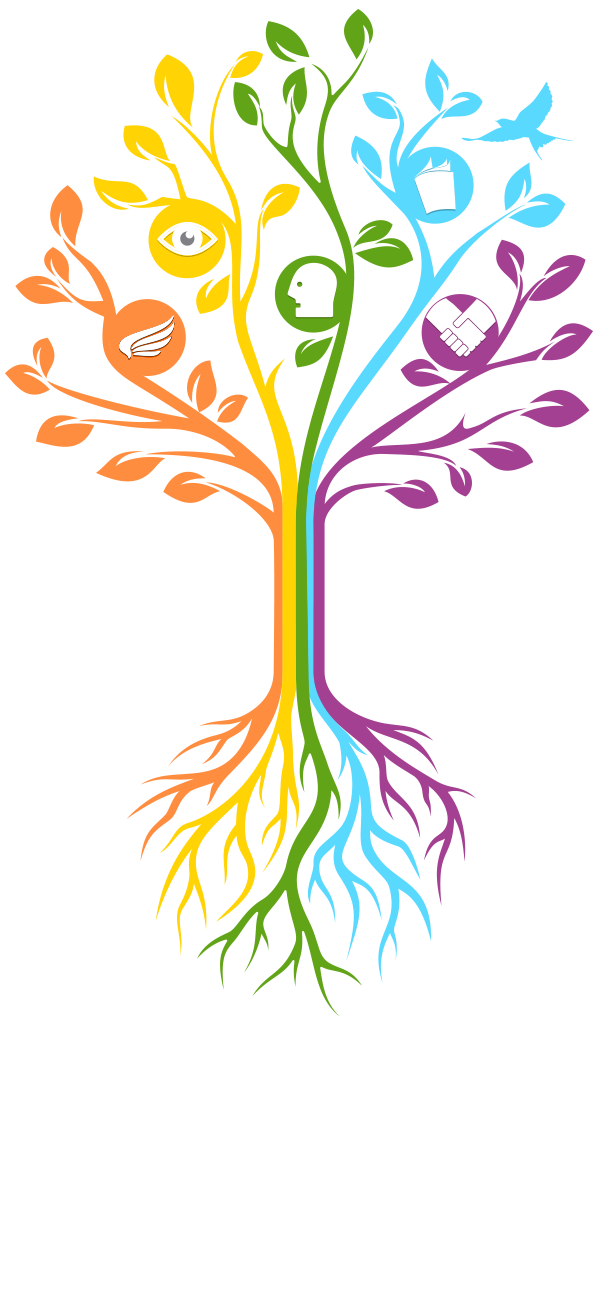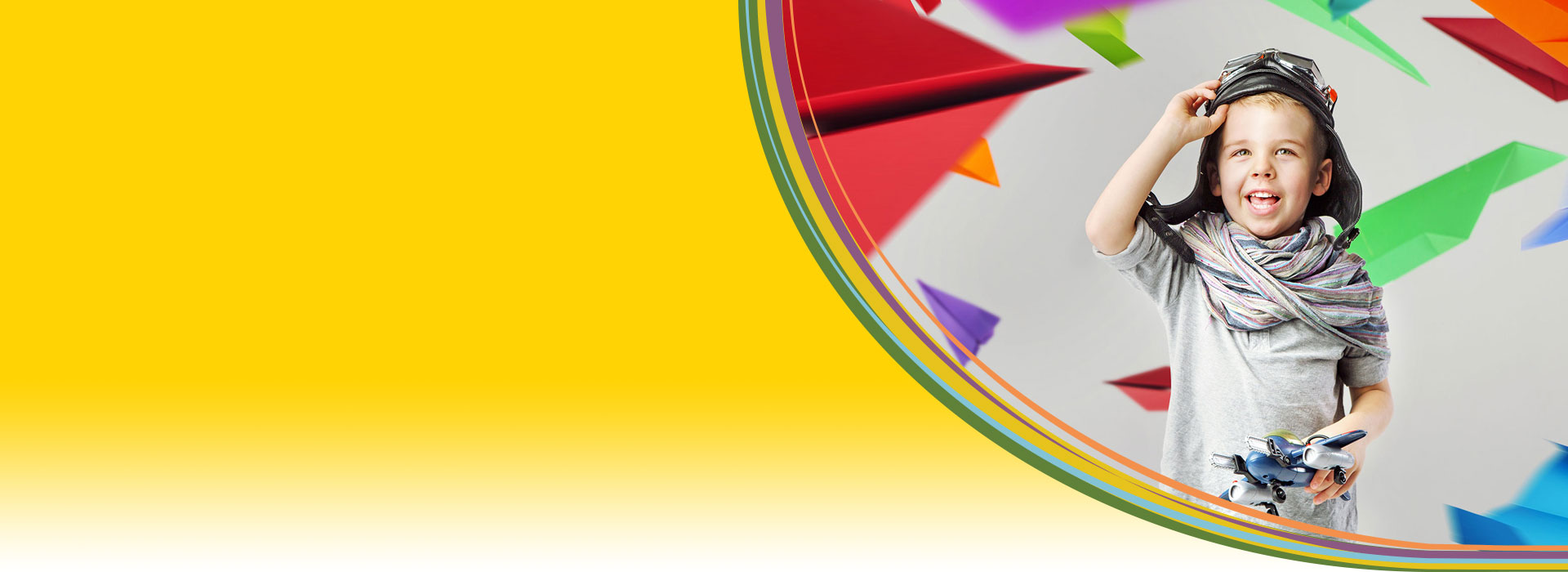SENSORY PROCESSING
Every move we make, every object we touch, every sight we see and every sound we hear produce sensations that are registered with our brain. Our senses receive information from both outside and inside our body and provide us with the information we need to function in the world.
When all our senses are operating efficiently, providing consistent, reliable information to our brain and this information is effectively interpreted, we are then able to build an accurate picture of ourselves, and the world around us, enabling us to interact with the environment and with other people.
– Learning through the Senses.
Download Sensory Domain
Download the Sensory Domain in PDF and save it to your computer.
SENSORY
VISION
Vision is more than eyesight: SIGHT is merely what results from the eyes’ responses to light shining into them and is measured by determining how well we can see different sized letters on a chart in the distance. VISION results from actively interpreting and understanding the information made available through the eyes. Children with normal (20/20) EYESIGHT may not have these abilities. Therefore, learning problems are often related to vision problems.
HEARING
The impact of hearing loss on the early development of a child’s language, cognition, and social-emotional competence can be pervasive. When a child has a hearing impairment of early onset, even of a relatively mild degree, the development of these skills is often delayed. Such delays adversely affect communicative, academic, and social success, which at a later age limit vocational choices.


